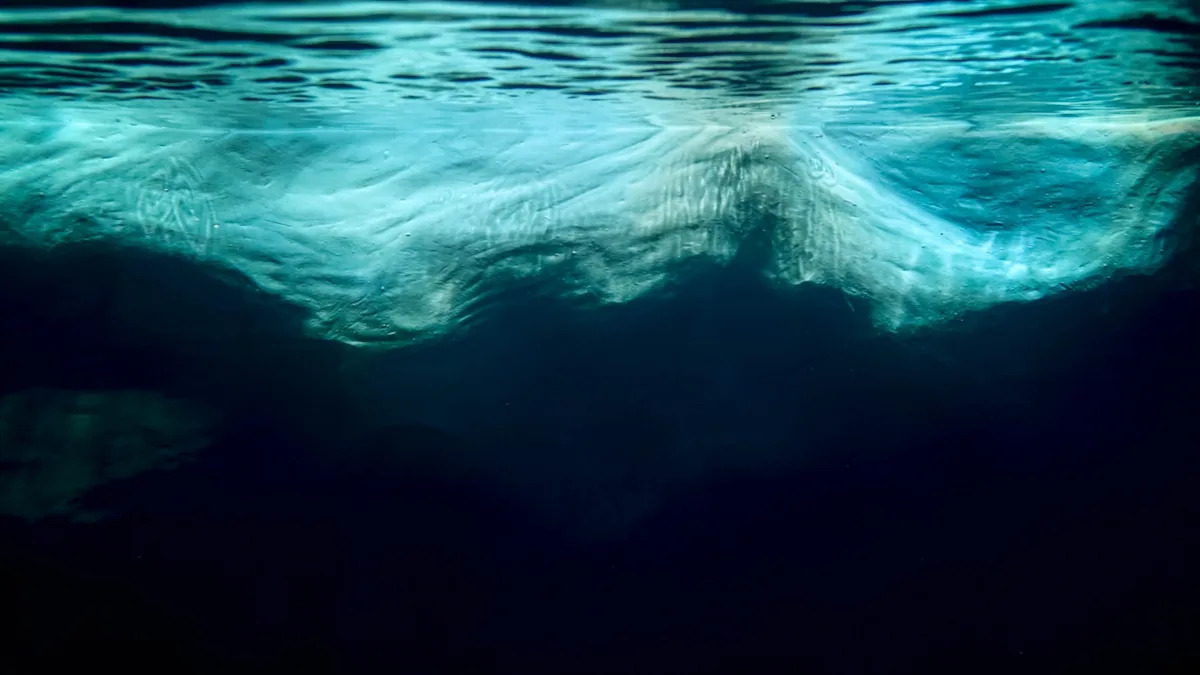Could geoengineering save coastal communities from rising sea levels? Researchers warn one proposal gaining steam could leave them worse off than they were to begin with.
What’s happening?
The 10 warmest years on record have all occurred over the past 10 years, and sea levels are rising at an unprecedented rate as glaciers melt and water volume increases as a result of thermal expansion, as data from the National Oceanic and Atmospheric Administration reveals.
Complicating matters is the fact that the warmer atmosphere also holds more moisture, thereby amplifying the intensity of extreme weather events such as hurricanes. This, along with sea level rise, is a dangerous mix for coastal communities, leading to more severe and deadly storm surges.
While habitat restoration and preservation are tools to help protect against storms when they do occur, some scientists propose drastic steps to address the main cause of glacial melting, per the American Geophysical Union: building underwater barriers to limit warm currents from flowing beneath ice shelves and continuing to accelerate sea level rise.
Why is this geoengineering proposal important?
In theory, geoengineering would mitigate the rise of global temperatures through large-scale interventions. As another example, researchers have been toying with the idea of launching umbrella-like contraptions into space to act as a shield between Earth and the sun.
However, researchers warn that unproven ploys such as these could have unintended effects. A recent commentary in AGU Advances outlines several possible consequences — including major disruptions to the world’s food supply — if a proposal to use an underwater steel curtain or rocks to wall off part of Greenland’s ice sheet were to proceed.
“Whilst the basic theory that barriers would stem oceanic heat flow is uncontroversial, the extent to which barriers might reduce future ice mass loss is less certain,” the authors wrote. “… There is already sufficient evidence to conclude that artificial barrier installation would have negative regional implications for marine productivity. The effects on fisheries are a concern as negative implications for Greenland’s regional fisheries are unlikely to be socially acceptable.”
Will geoengineering continue to be part of the conversation?
The commentary’s authors speculate that interest in “geoengineeringization” will continue to grow as the world grapples with the effects of rising global temperatures. They caution that any projects must take economic, social, cultural, and technical viabilities into account, with stakeholders and scientists working together to investigate the potential benefits and trade-offs.
However, even though geoengineering is sparking interest in certain circles, the scientific community overwhelmingly agrees that the most effective path toward protecting the planet from the worst effects of the changing climate is to transition away from gas, oil, and coal, the burning of which accounts for more than three-quarters of the heat-trapping pollution that enters Earth’s atmosphere.
If you want to do your part, EnergySage provides a free service to help you find the right solar panels for your home and save up to $10,000 on installation cost.
You’ll not only be using clean, non-polluting energy to fuel your lifestyle, but you could also bring your energy bills to near $0. Meanwhile, pairing solar panels with battery storage can ensure you keep the lights on during weather-related grid outages.
Join our free newsletter for good news and useful tips, and don’t miss this cool list of easy ways to help yourself while helping the planet.

